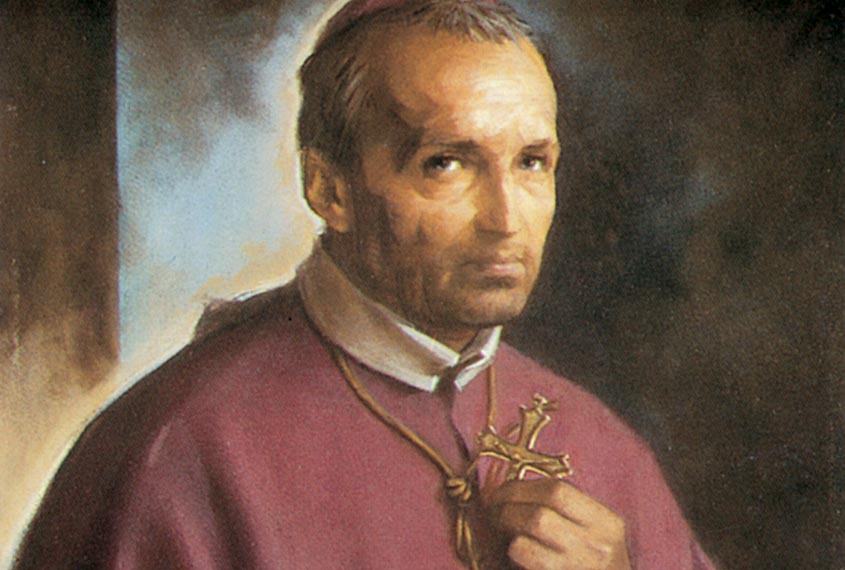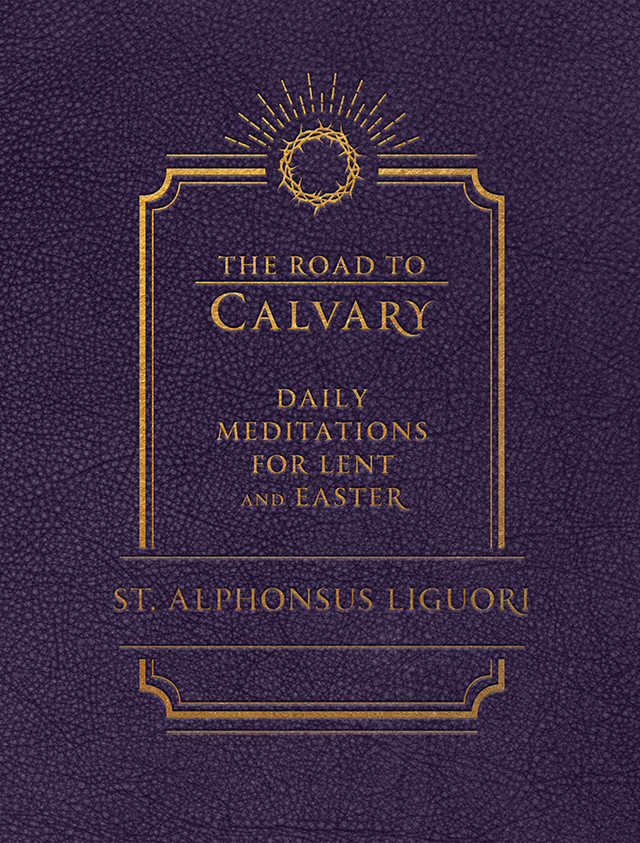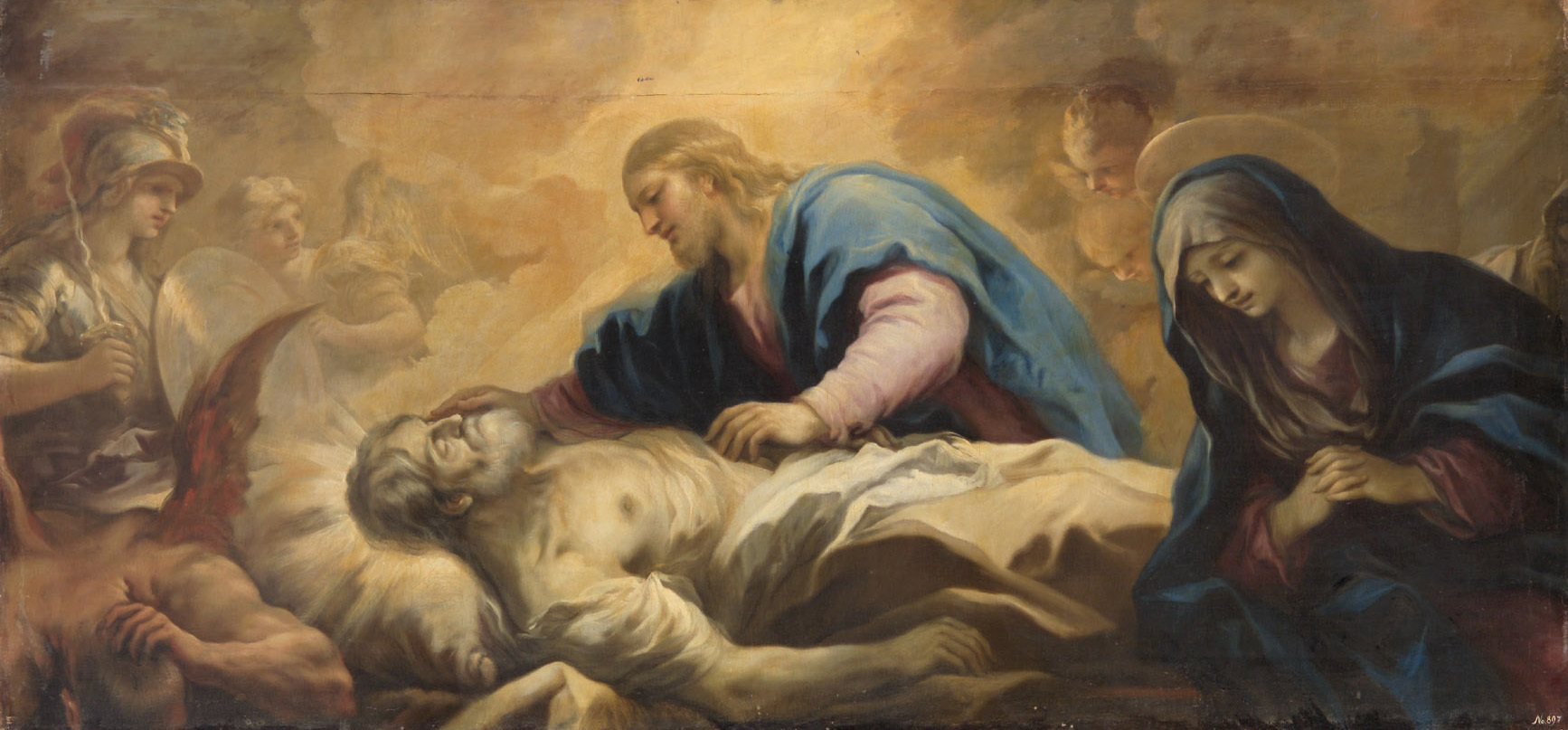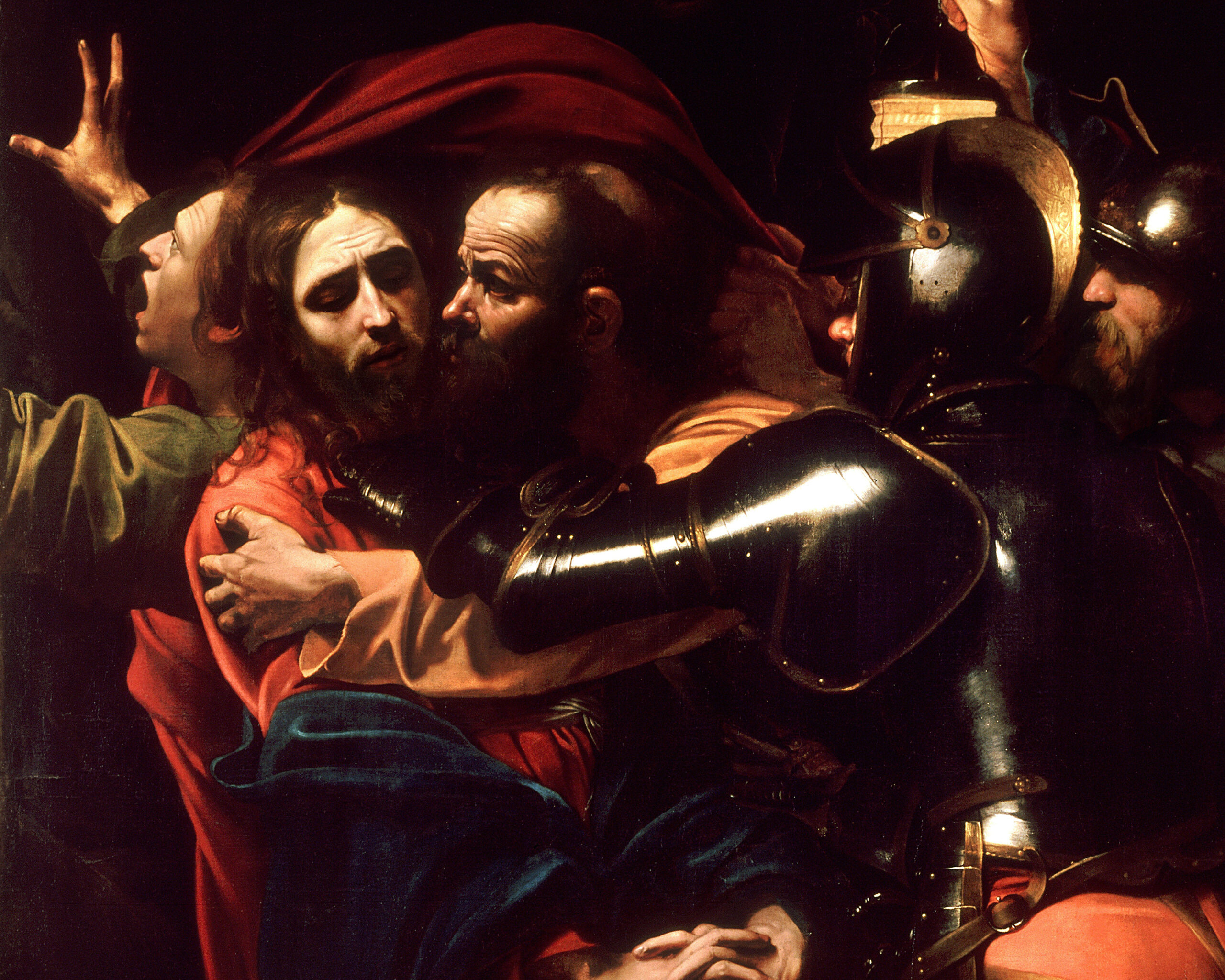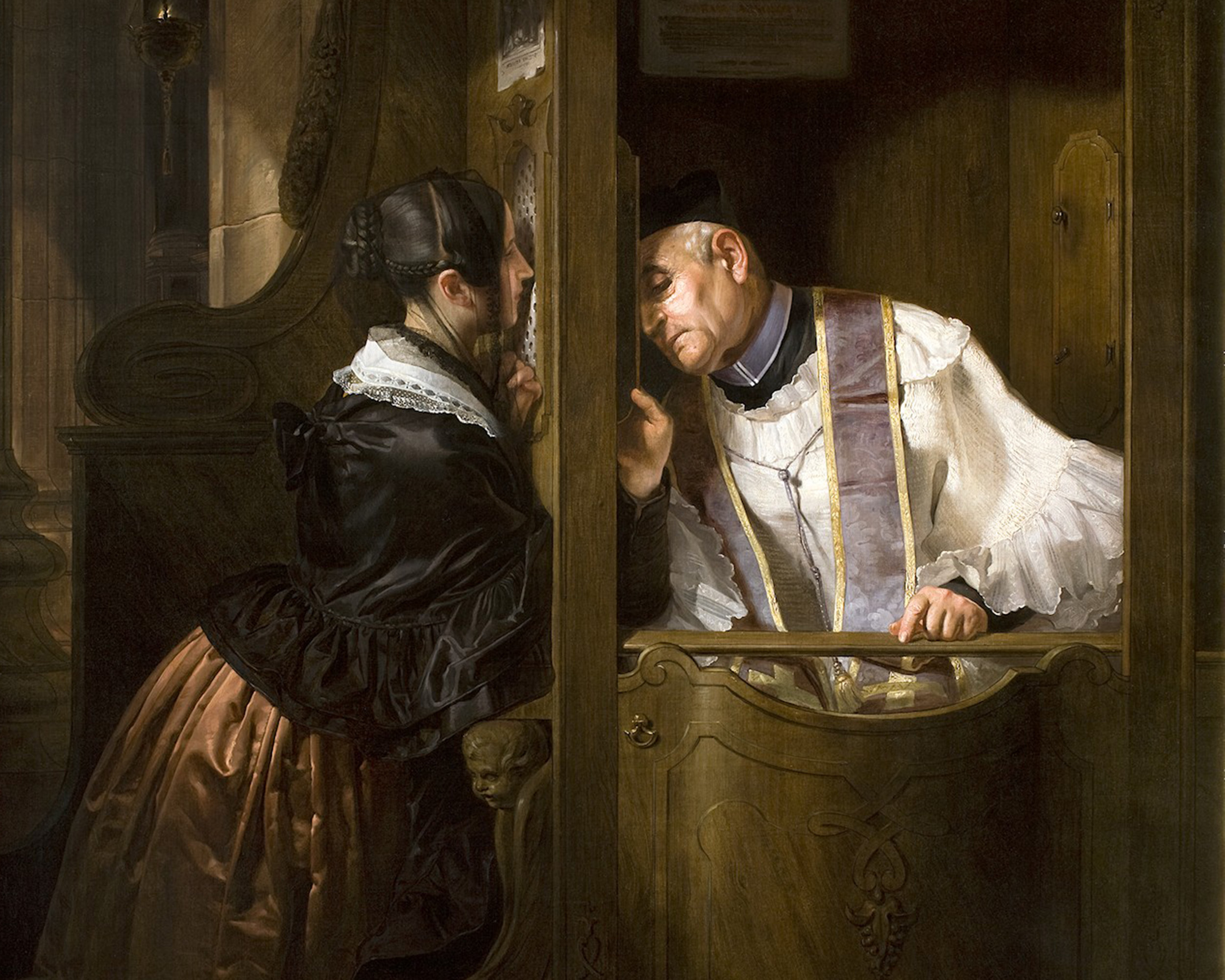Jesus took on greater suffering than all the martyrs combined, and His agony was not just physical. Meditate with St. Alphonsus Liguori on the interior sufferings of Jesus’s life and death.
The Price of Our Redemption
Saint Ambrose, writing of the passion of Our Lord, says that Jesus Christ has followers, but no equals. The saints have endeavored to imitate Jesus Christ in suffering, to render themselves like Him, but whoever attained to equaling Him in His sufferings?
He truly suffered for us more than all the penitents, all the anchorites, all the martyrs have suffered because God laid upon Him the weight of a rigorous satisfaction to the divine justice for all the sins of men: The Lord laid on Him the iniquity of us all. And, as Saint Peter writes, Jesus bore all our sins upon the cross, to pay our punishment with His most holy body: He Himself bore our sins in His own body on the tree.
Saint Thomas writes that Jesus Christ, in redeeming us, not only accomplished the virtue and infinite merit which belonged to His sufferings, but chose to suffer a depth of pain which might be sufficient to satisfy abundantly and rigorously for all the sins of the human race. And Saint Bonaventure writes: “He chose to suffer as much pain as if He Himself had committed all our sins.” God Himself thought right to aggravate the pains of Jesus Christ, until they were equal to the entire payment of all our debts, and thus the prophecy of Isaiah was fulfilled: The Lord was pleased to bruise Him in infirmity.
The Greatest Suffering of All
When we read the lives of the martyrs, it seems at first as if some of them had suffered pains more bitter than those of Jesus Christ, but Saint Bonaventure says that the pains of no martyr could ever equal in acuteness the pains of our Savior, which were more acute than all other pains.
In like manner, Saint Thomas writes that the sufferings of Christ were the most severe pains that can be felt in this present life. Upon which Saint Laurence Justinian writes that in each of the torments which Our Lord endured, on account of the agony and intensity of the suffering, He suffered as much as all the tortures of the martyrs. And all this was predicted by King David in a few words, when, speaking in the person of Christ, he said, Your wrath is strong over Me . . . Your terrors have troubled Me.
Thus all the wrath of God, which He had conceived against our sins, poured itself out upon the person of Jesus Christ, and thus we must interpret what the Apostle said, He was made a curse for us—that is, the object of all the curses deserved by our sins.
Jesus’s Interior Sufferings
Hitherto, also, we have spoken only of the outward bodily pains of Jesus Christ. And who can ever explain and comprehend the inward pains of His soul, which a thousand times exceeded His outward pains?
This inward torment was such that in the Garden of Gethsemane it caused a sweat of blood to pour forth from all His body, and compelled Him to say that this was enough to slay Him: My soul is sorrowful even unto death.
And since this anguish was enough to cause death, why did He not die? Saint Thomas answers that He did not die because He Himself prevented His own death, being ready to preserve His life in order to give it in a while upon the tree of the cross.
This sorrow also, which most deeply afflicted Jesus Christ in the garden, afflicted Him also throughout His whole life, since, from the first moment when He began to live, He had ever before His eyes the causes of His inward grief, among which the most afflicting was the sight of the ingratitude of men towards the love which He showed them in His passion.
Nevertheless, an angel came to comfort Him in the garden, as Saint Luke relates. Yet Venerable Bede says that this comfort, instead of lightening His pains, increased them. The angel, indeed, strengthened Him to endure with greater constancy for the salvation of men; upon which Bede remarks that Jesus was then strengthened for suffering, by a representation of the greatness of the fruits of His passion, without the least diminution of the greatness of His sufferings.
Therefore the Evangelist relates that immediately after the appearance of the angel, Jesus Christ was in an agony and sweated blood in such abundance that it fell to the ground. Saint Bonaventure further relates that the agony of Jesus then reached its height so that our afflicted Lord, at the sight of the anguish that He must suffer at the termination of His life now come, was so terrified that He prayed His divine Father that He might be delivered from it: Father, if it be possible, let this cup pass from Me.
Yet He said this, not that He might be delivered from the pains, for He had already offered Himself to suffer them—He was offered, because He Himself willed—but to teach us to understand the agony which He experienced in enduring this death so bitter to the senses; while in His will, in order to accomplish the will of His Father, in order to obtain for us the salvation He so ardently desired, He immediately added: Nevertheless, not as I will, but as You will. And He continued thus to pray and to resign Himself for the space of three hours: He prayed the third time, saying the same words.
ooo
This article is taken from a chapter in The Road to Calvary by St. Alphonsus Liguori which is available from TAN Books.



